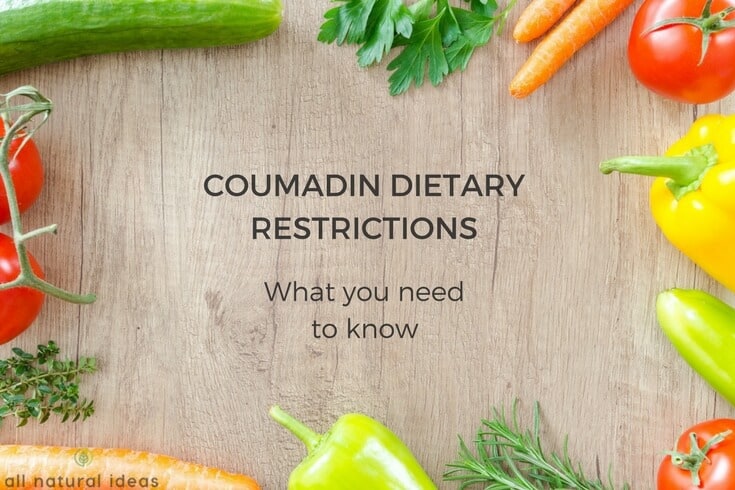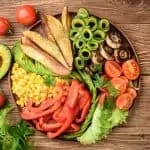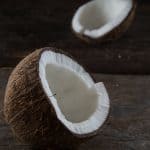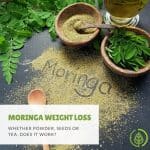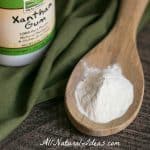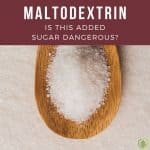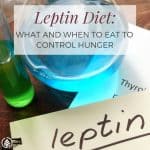Coumadin is a blood thinning drug taken by people with certain heart conditions. Certain foods and drinks can affect blood clotting. Learn about these Coumadin diet restrictions….
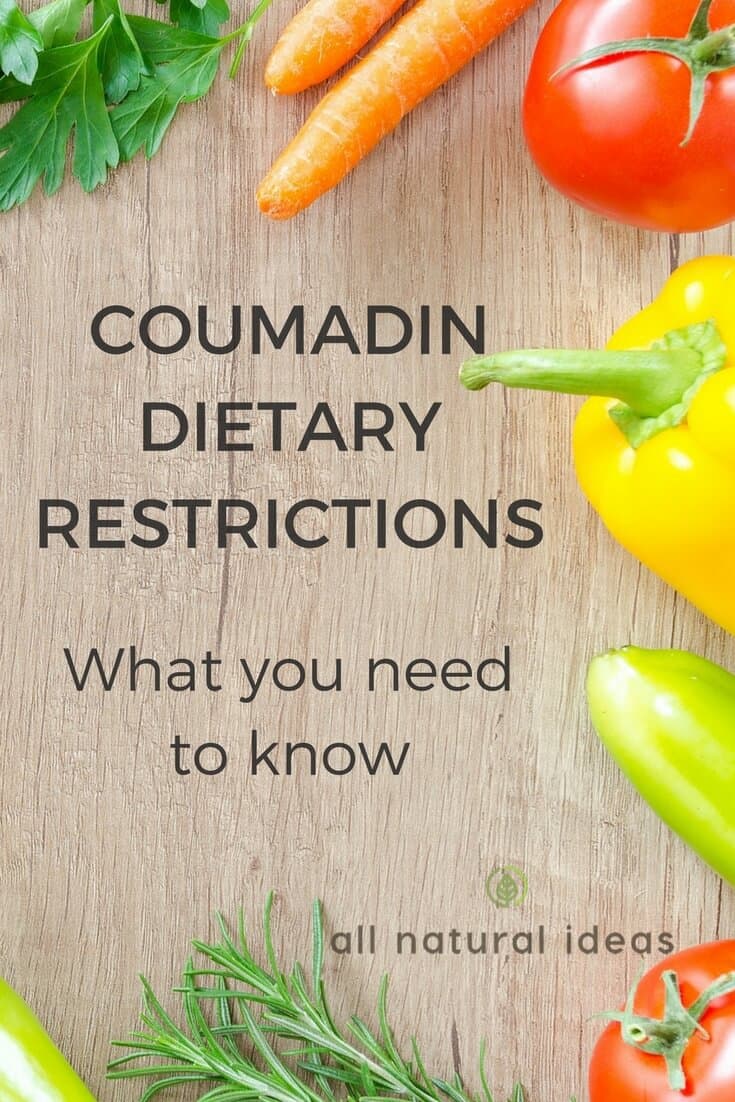
Natural remedies have a reputation of being safer. Many alternative medicine advocates believe there’s less chance of side effects with an herbal remedy.
But that’s not always the case. Any ingredient, whether natural or synthetic, can produce undesirable consequences. In fact, consider the history of Warfarin.
Warfarin is the generic name of Coumadin. Coumadin is a blood thinner. According to this research study, in the 1920s, there was an unusual disease. It affected cattle in the northern USA and Canada. The cows had fatal bleeding. The culprit: sweet clover. Sweet clover is a herb. But this innocuous sounding herb contains a natural anticoagulant. Anticoagulants are blood thinners. The cows were dying because their blood was too thin.
This discovery of the anticoagulant in sweet clover led to the formulation of Warfarin in 1954.
Blood thinners are very controversial. They are notoriously difficult to manage. They can negatively interact with other pharmaceuticals. Sometimes these interactions can be fatal.
According to the above study, Warfarin is number three on the list of drugs implicated in causing hospital admission through adverse effects. Over 70 years later, Coumadin is still “causing problems” as the research study concludes. In addition to interactions with other drugs, Coumadin can cause the death of skin cells. It can also cause hair loss.
Coumadin Diet Restrictions
One reason it’s very difficult for people taking Coumadin to be in the proper target range of blood thickness is diet. Certain foods can interfere with Coumadin, preventing the blood from clotting. While consuming other foods or drinks can thin the blood too much.
Hence, the now popular term “Coumadin Diet.” Below, you’ll learn about food restrictions. However, to be sure, there’s really no such thing as a Coumadin Diet. It’s not a sanctioned, brand-name nutritional protocol, say, like the Atkins Diet.
Before discussing the Coumadin diet restrictions, here’s an important disclaimer. And also some basic facts about blood thinners.
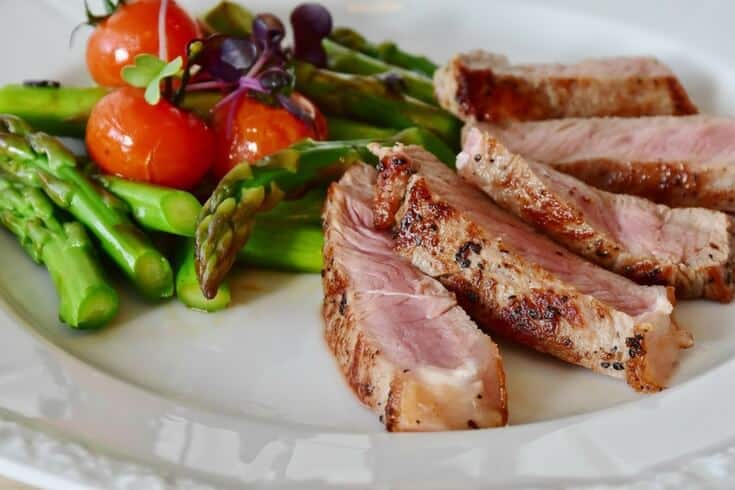
Do You Take Coumadin Now? Don’t Stop!
Despite the controversy surrounding Coumadin, if you take it, don’t stop. Even if you find a list of all-natural blood thinners, suddenly stopping taking Coumadin can kill you. Your blood thickness level shouldn’t stray very much. It’s sort of like your hormones. The amount of hormones circulating through your body are miniscule. But they play a critical role in virtually every function of your body.
What are blood thinners?
Blood thinners prevent clots from forming. A blood clot can be potentially deadly. Clots prevent the flow of blood through the arteries, veins and other parts of the circulatory system. Blood clots can break off and travel and lodge into the lungs or even the brain.
Without doubt, sometimes it’s good to have your blood clot. If you cut yourself trying to slice bread (one reason why sliced bread is one of the greatest inventions), your blood will form a clot to stop the bleeding.
Who takes Coumadin?
However, certain people need to have their blood thin on a regular basis. Most commonly, this includes people with a history of certain heart conditions. If you have atrial fibrillation (“AFib” for short), you may have to take Coumadin. That’s because AFib causes the heart to beat irregularly. Consequently, blood can pool in the heart and form a clot. Also, those who have had a stroke might be prescribed it. In addition, those at risk of heart attack might take Coumadin.
How do you know how much Coumadin to take?
Follow the dose prescribed by your doctor to a T. Don’t skip a dose. Don’t double up on a dose if you miss one. Unfortunately, even if you follow your doctor’s orders, Coumadin may still pose risks. And the reason is depends on what you eat.
Coumadin Diet Restrictions: watch out for vitamin K
You’re probably familiar with the benefits of certain vitamins such as C and D. However, fewer people think much about vitamin K. Besides helping to build bones along with calcium, vitamin K clots the blood. That’s a great benefit if you don’t take Coumadin and get a papercut. However, for those that do take Coumadin, vitamin K amplifies the clotting effect.
There’s a standard blood thickness range. It’s called INR. INR is short for International Normalized Ratio. For someone taking a blood thinner, the range should fall between 2-3. Under the score of 2 implies the blood is too thick. Above 3, it’s the opposite. Thin blood can produce excessive bleeding. As you can see, the normal range is very small. Consequently, one of the so-called Coumadin diet restrictions is not avoiding vitamin K, but rather, eating the same amount of it every day.
Another of the popular restrictions is not abruptly changing your diet. Especially without first telling your doctor. Say you’re overweight and would like to shed body fat. You’ve heard about the popular low-carb ketogenic diet plan. So you switch from eating a high-carb pasta and bread-rich diet to a low-carb, high-fat diet. The consequences of changing up your regular diet can radically alter your blood’s clotting factor.
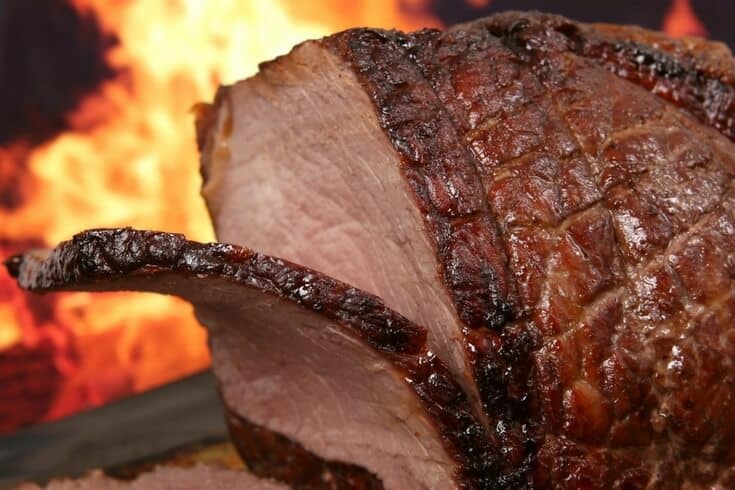
Coumadin Diet Restrictions: foods that affect coumadin levels
Again, vitamin K is a natural blood clotting nutrient. Vitamin K has proteins that thicken the blood. So for those on blood thinners like Coumadin, vitamin K intake needs to be held in check. That means no huge amounts of leafy green veggies. Leafy green veggies are among the healthiest type of food in the world. But if you take Coumadin, you don’t have to avoid it. You just have to resist eating a humongous salad with kale, chard, etc. A modest size salad or portion of steamed or boiled leafy greens is ok. Once you know your INR score is ideal (between 2-3) keep eating the way you are.
Other foods high in vitamin K are vegetable oils and liver. Vegetable oils aren’t healthy anyway. Especially when you cook with them. Many snacky foods made with vegetable oil are made with soybean oil. Soybean oil is highly inflammatory to the body. Most veggie oils are highly processed and spoil easily.
Other foods that are otherwise healthy but can thicken your blood are avocados; spinach; mustard greens; parsley; brussel sprouts; and mustard and collard greens. If you’re at a restaurant and you want to eat a little bit of grilled brussel sprouts, go for it. Just eat a few pieces, not the entire appetizer.
On the flip side, consuming certain things can excessively thin your blood. Thus, they increase the effects of Coumadin. There are a few drinks in particular to avoid: pomegranate juice, grapefruit juice, cranberry juice and alcohol.
Again, if you have one alcoholic drink it hopefully won’t drive you out of the ideal blood thickness range. But to be on the safe side, keep alcohol intake to a once-in-a-while treat.
Unintended Coumadin Diet Restriction Consequences
According to the Indiana Hemophilia & Thrombosis Center, there are certain eating changes that can affect vitamin K levels in your body. And some of these changes you might not think about.
The time of year is one example. Say you live in Duluth, MN. Your diet will likely be different in winter than in summer. You’ll likely crave more fruits and fresh raw veggies in summer. Consequently, eating totally different foods can alter the clotting factor in your body.
Another abrupt change to your eating habits occurs when you’re sick. You might not feel like eating much for a day or two or more. Travelling to a far-off, exotic destination might also change your usual eating routine.
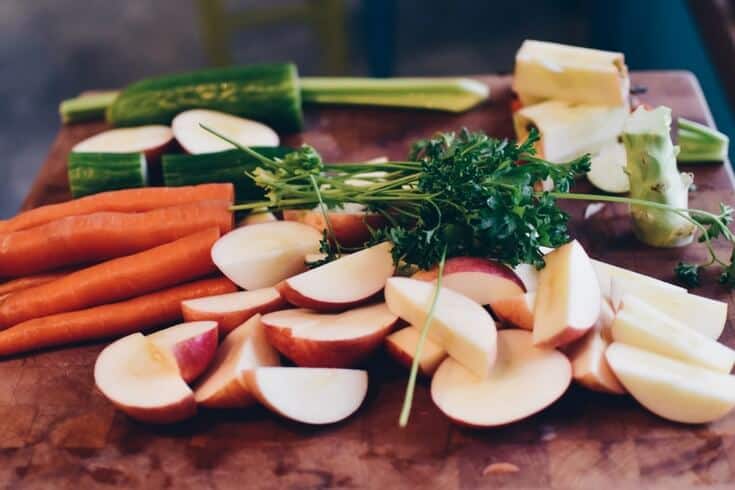
Foods to eat while taking Coumadin
There are lots of healthy veggies that are low in vitamin K. Carrots, peas, cucumber, tomatoes; zucchini and celery are among some of them. Just make sure that you buy fresh, organic veggies. Don’t buy anything canned or that contains soybean oil or other vegetable oils.
Most fruits are also safe to eat for Coumadin diet restrictions. Although, there are some exceptions (see below). Meat is also safe to eat if you’re taking Coumadin. The exception to this rule is liver and other organ meats. Dairy is also naturally low in vitamin K. And so are grains.
Fruits to avoid when taking Warfarin (Coumadin)
Prunes and dried plums (they are one and the same) contain the highest amount of vitamin K in the fruit world. Kiwifruit ranks second. Certain berries also contain a decent amount of vitamin K. Again, this does not mean you can’t ever eat blueberries while on Coumadin. However, if you want to feel secure about staying in a normal range, do not exceed 80 micrograms of vitamin K a day.
It might be a good idea for you to get in the habit of using an online food journal. This can help you keep track of your daily vitamin K intake. Blueberries contain 28 micrograms (mcg) per cup. So if you have a handful of blueberries or two, you’ll get the antioxidant benefits, but you won’t be consuming too much vitamin K.
Coumadin Diet Restrictions: conclusion
Remember at the beginning of this article, it was mentioned that Warfarin, the generic version of Coumadin was invented because of the blood-thinning effect of sweet clover. Other herbs can also thin the blood. These include ginger, echinacea, fenugreek, garlic and several others.
If you’re currently taking herbal medicine or multivitamins and have recently been told you should take Coumadin, make sure you discuss all the supplements you’re taking with a health professional.
